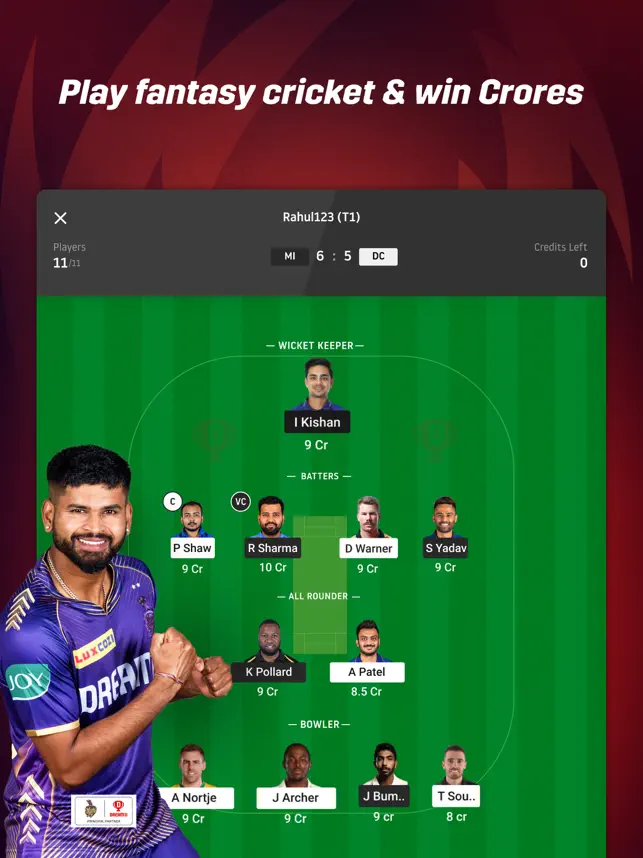While it might seem a little archaic now, it wasn’t so long ago that the only way for companies or organizations to reach out to their clients en masse was by attending trade shows or holding conferences.
Of course, with the birth of internet technologies and, in particular, social media, all that has since changed and it’s easier than ever for firms to create and maintain connections with their customers. Moreover, as connection speeds and video streaming platforms have improved, an entirely new way of communicating ideas has evolved – namely, the web seminar or, as many now call it, the webinar.
Webinar Tips for Success
However, just because the technology exists to hold webinars, you shouldn’t just assume they’re in any way similar to their real-world counterparts. If you’re thinking about organizing a webinar, below are some top tips to help ensure its success.
Audio Considerations
Without exception, audio is by far the most important component of any webinar. If your audience can’t hear you, they’ll fail to pick up your most important, salient points. As a general rule, you should try to find a quiet, soundproof room to make your recording. If, for whatever reason this isn’t possible, at very least look at using external microphones rather than the one in your laptop or desktop. It would also be a good idea to have a technical assistant on board in case of any problems. Lastly, if you want to reach out to the widest possible audience and override any potential sound issues, think about using CART captions for those who need it.
Practice
Unless you’re a seasoned presenter or broadcaster, it’s quite likely you’ll feel nervous at the prospect of public speaking. Even if you’re alone in a room making a pre-recorded presentation, you will be (in real terms) speaking publicly and it’s very easy for nerves to get the better of people. Preparation and practice will help you feel at ease with your bullet points or script – plus may even stop you from having to refer to them at all.
Keep it Natural
As an extension to the above, while there’s no harm in having cue cards and prompts, you should avoid reading texts word for word. Not only does it sound unnatural, you will also almost inevitably end up delivering a monotone, boring, rigid voiceover that is sure to turn off your viewers. Also, of equal importance, there’s nothing worse than watching someone orate with their head buried in a script.
Engage as quickly as possible
We humans are social creatures and one of the quickest ways to engage your users is by starting with a story.
You might open with a short introduction to a problem you personally encountered that was solved by the product you’re presenting – or perhaps a humorous story relating to your subject matter. Regardless, adding a personal element to your presentation is a tried and tested way to quickly gain the trust of your viewers and build a connection with your audience.
My name is Sardar Ayaz a professional content writer and SEO expert having Proven record of excellent writing demonstrated in a professional portfolio Impeccable grasp of the English language, including idioms and current trends in slang and expressions. I have ability to work independently with little or no daily supervision with strong interpersonal skills and willingness to communicate with clients, colleagues, and management.
I can produce well-researched content for publication online and in print, organize writing schedules to complete drafts of content or finished projects within deadlines. I have 12 years’ experience to develop related content for multiple platforms, such as websites, email marketing, product descriptions, videos, and blogs.
I use search engine optimization (SEO) strategies in writing to maximize the online visibility of a website in search results











